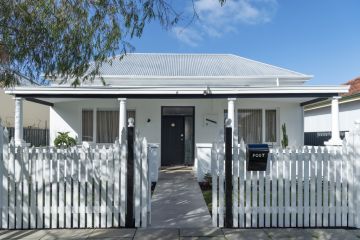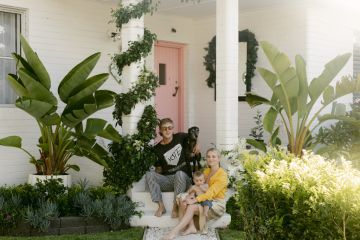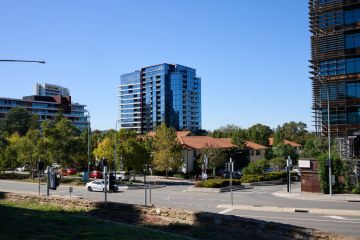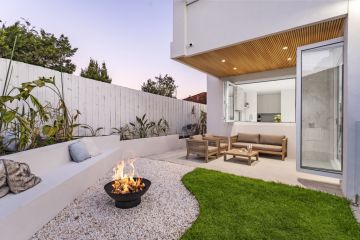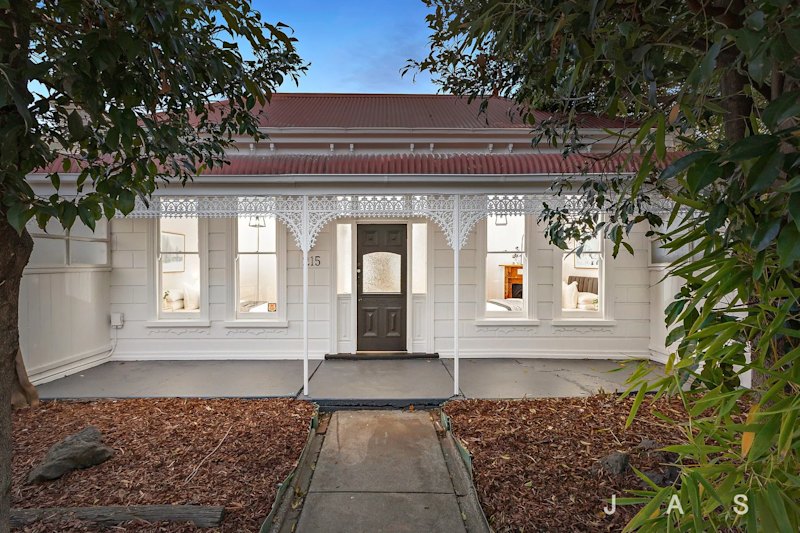The Block 2017: Has modern interior design killed the formal lounge room?
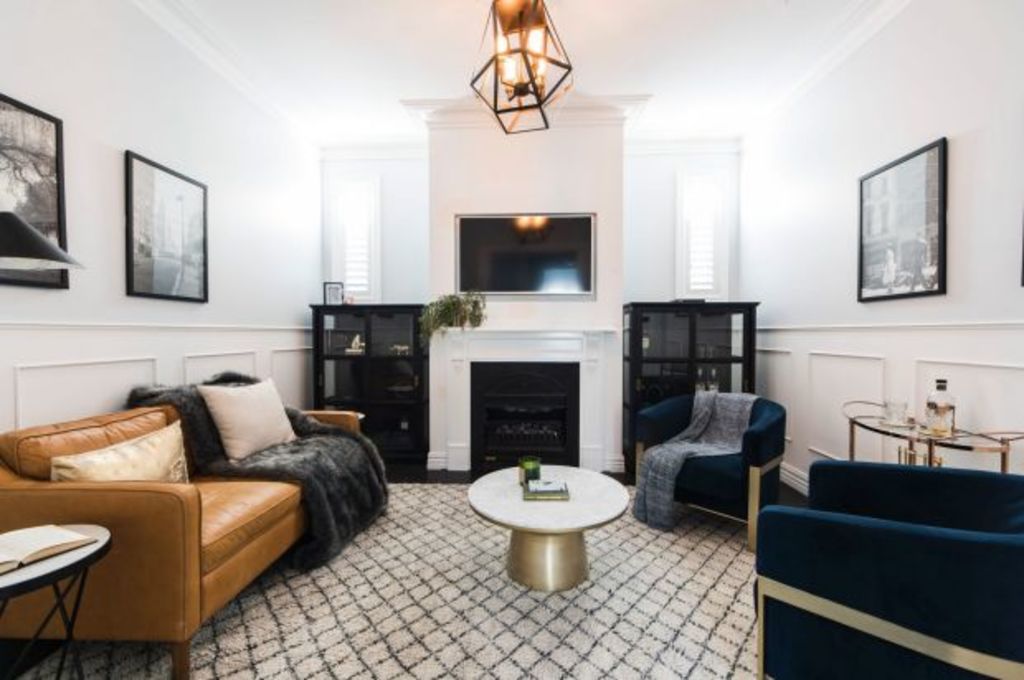
“I have never understood the term ‘formal lounge’,” admits Jonathan Richards, director and interior designer at SJB. “They seem like two contradictory words. When do we ever lounge formally?”
For generations past, the traditional formal lounge room was a closed-off space generally located at the front of the house, while meals and informal gatherings took place at the back, near the kitchen.
“The main difference between them today is the television,” says Richards. “I still see a purpose for a lounge without screens – a place for conversation, reading or just about anything other than watching TV, and of course there is a place for a TV lounge. It’s a matter of which one gets priority near the social hub of the kitchen.”
Enter open plan living – 21st century’s lifestyle of choice that sees spaces flow effortlessly together, and inside living extend outdoors.
“Social gatherings today feel more connected to the rest of the house rather than being put away in something akin to a function room,” says Richards.
For renovators of older homes seeking extra space, a closed-off formal lounge presents a design challenge. “Luckily there are options,” says Lawson Roys, senior associate at national design firm Rothelowman. “The formal lounge area today is more of a multipurpose space and can be set up as a home theatre, music room, home office or even an extra bedroom.”
Richards agrees. “For older houses where the layout is already determined, the formal dining room can be converted into a space with a more specialist purpose, like a library.”
Or, says interior designer and visual stylist Kim Pearson, a room that combines compatibly pleasurable pastimes like reading and eating. “I love the combination of stuffed bookcases and beautiful table that is equally suited to reading and writing as it is to eating a meal at,” she says. “If you’re worried about wear and tear on the table, use a beautiful washed or vintage linen tablecloth to protect it from daily use.”
- Related: The Block 2017 kids’ rooms
- Related: The rooms most Aussies are renovating
- Related: Which renovations offer the best return?
What you transform your formal lounge into depends on your family’s lifestyle.
“When designing, imagine walking through it or using the space for its intended use,” says Roys. “Consider the trade-offs between connectivity and privacy, intimacy and sociability and use orientation and natural light to its best advantage,” he says.
Elements like materiality, texture, colour, furniture layout, lighting and soft furnishings should effortlessly combine to impart the space’s new, modern mood. “For example, a beachside holiday house should be designed around light and feel informal and social, whereas a suburban home needs to cater for different seasons and varying volumes of people,” says Roys. “It shouldn’t be too minimalist for one person, or too cluttered for larger family occasions.”
So is the formal lounge room officially dead? “I still use my formal lounge but in an informal manner,” says Pearson. “It’s an opportunity to use more precious fabrics and furniture, but I make sure they are comfy and add fresh flowers, scented candles, fling open the curtains and turn on some music. Being relaxed in the space without feeling guilty about using it is key.”
Richards agrees. “I still love a lounge with a fireplace, bookshelves, no ceiling lights – just lamps, a silk rug, a deep lounge with a return to put your feet up,” he admits. “There’s nothing new there, but if it’s executed well, it’s unbeatable.”
We thought you might like
States
Capital Cities
Capital Cities - Rentals
Popular Areas
Allhomes
More
